Global biodiversity is changing at an unprecedented rate in response to climate change and other human-induced impacts to the environment. Many of the defining characteristics of plants and animals – including where they live, how they behave, how they interact with other species, and their risk of disease and extinction – are being altered by a changing climate in complex and often unpredictable ways.*
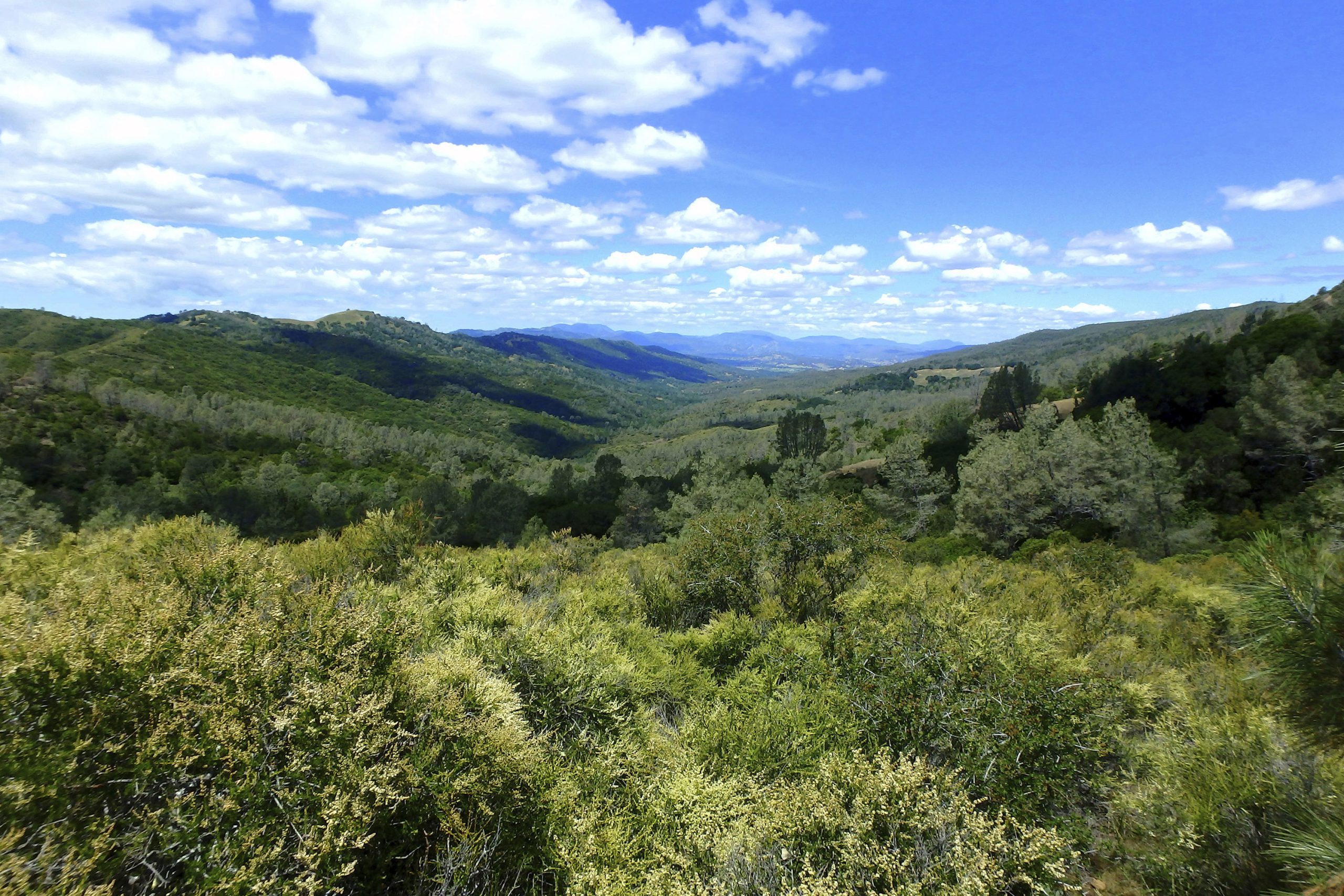
The Land Trust is actively working to incorporate the challenges and threats posed by climate change into both its land conservation and natural resource management strategies, with a focus on protecting and restoring the ability of our local ecosystems to respond and adapt to warming temperatures. LTNC has dramatically increased its pace of land protection and stewardship throughout Napa County over the last five years to more effectively address these pressing issues.
Keeping landscapes connected via habitat linkages or corridors is the most frequently recommended approach to maintain ecosystem resilience in the face of climate change.
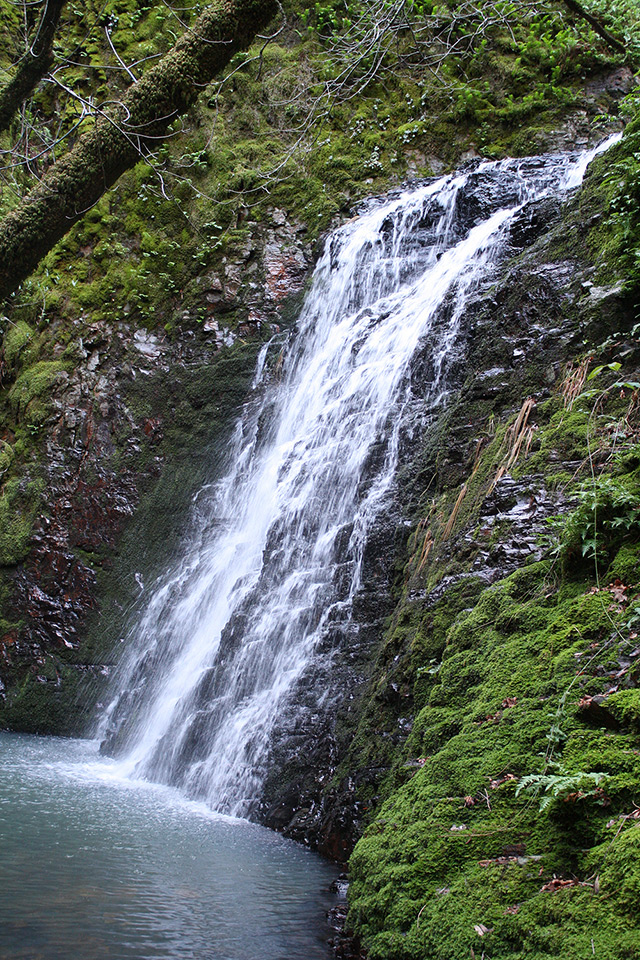
The benefit of landscape connectivity is that it protects our water resources in an increasingly arid region and provides room for plants and animals to adjust their locations in response to a warming climate as needed to survive.
The Land Trust has been identifying and prioritizing the protection of habitat corridors and critical landscape linkages across a broad range of habitats, elevations, terrain, and microclimates to address climate change and habitat fragmentation impacts.
This effort is aimed at helping native plant and animal species shift and move between lower and higher elevations, interior and coastal areas, and along south-north trajectories through the Napa, Mayacamas, Blue Ridge, and Vaca Mountain ranges.

Mayacamas to Berryessa
In addition, we have been a core partner in the Mayacamas to Berryessa (M2B) Landscape Connectivity Network project, a public-private collaboration between land trusts, open space and park districts, State and Federal land managers, and ecology researchers dedicated to landscape-level conservation of Northern California’s inner Coast Ranges.
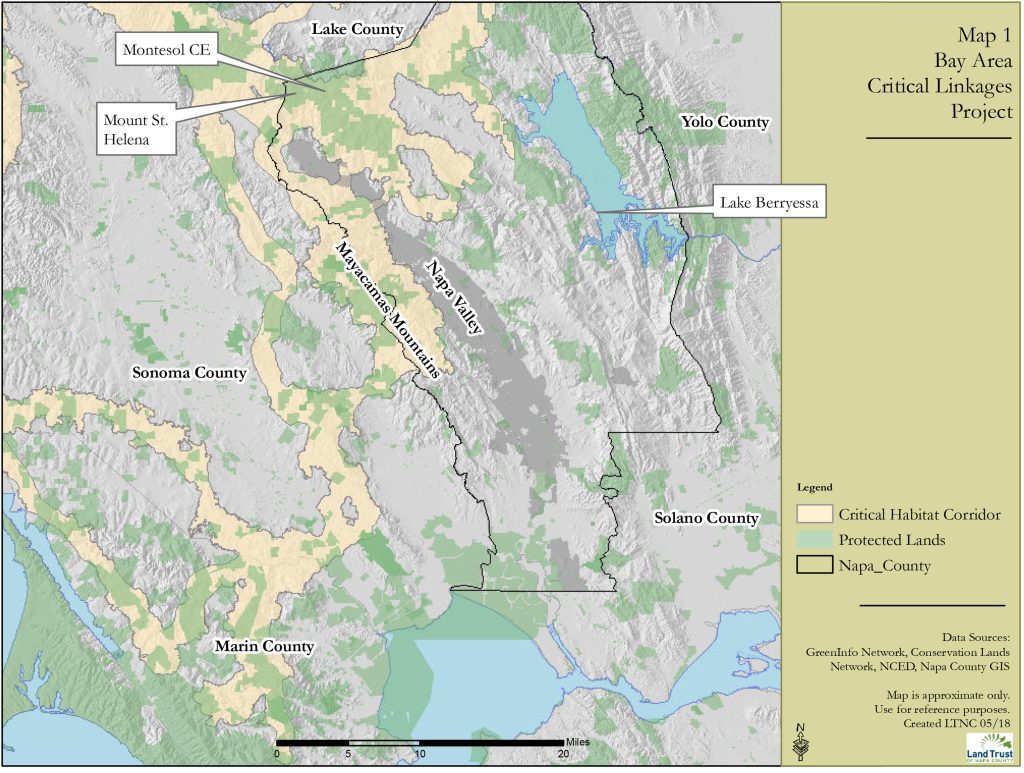
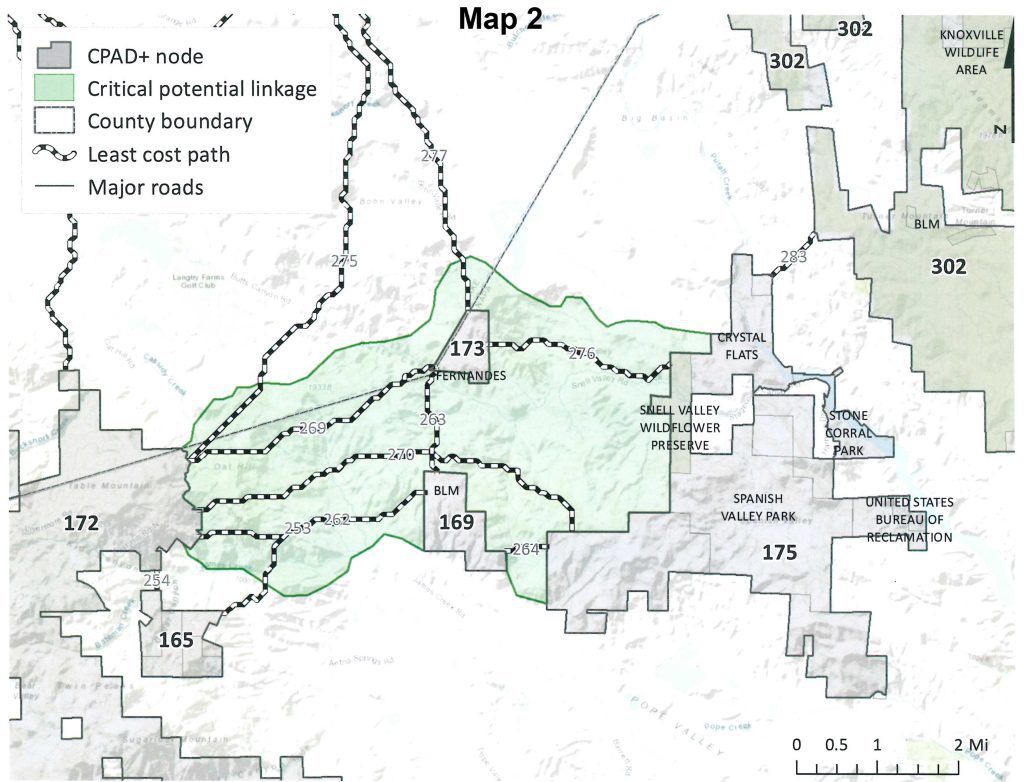
The M2B project has advanced the field of climate connectivity modeling by demonstrating novel methods to assess fine-scale climate projections in the context of landscape heterogeneity in order to inform connectivity project prioritization and habitat corridor designs. A major focus of this project has been the quantification of habitat corridor climate benefits, enabling species to escape rising temperatures by using corridors, based on state-of-the art high-resolution climate projections.
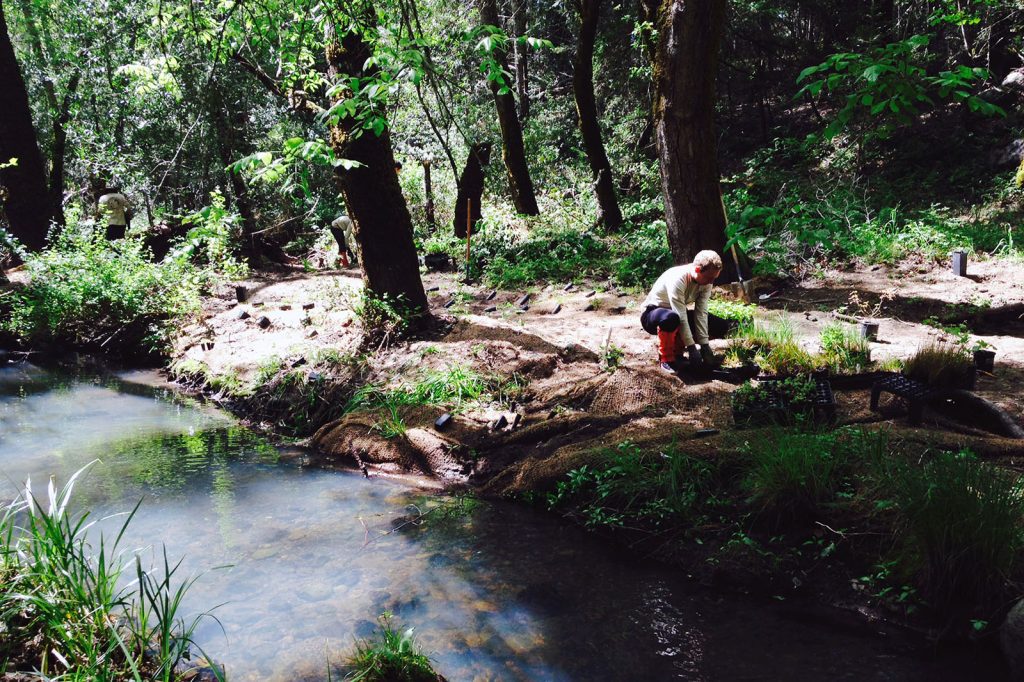
Active Stewardship
With an increased emphasis on active stewardship of our protected natural areas, the Land Trust is implementing projects aimed at reducing anthropogenic impacts that exacerbate the effects of climate change.
With the understanding that restoring native biodiversity can increase climate change resilience, we have been actively removing invasive exotic plant species and restoring diverse native plant communities in previously invaded areas across our network of preserves.
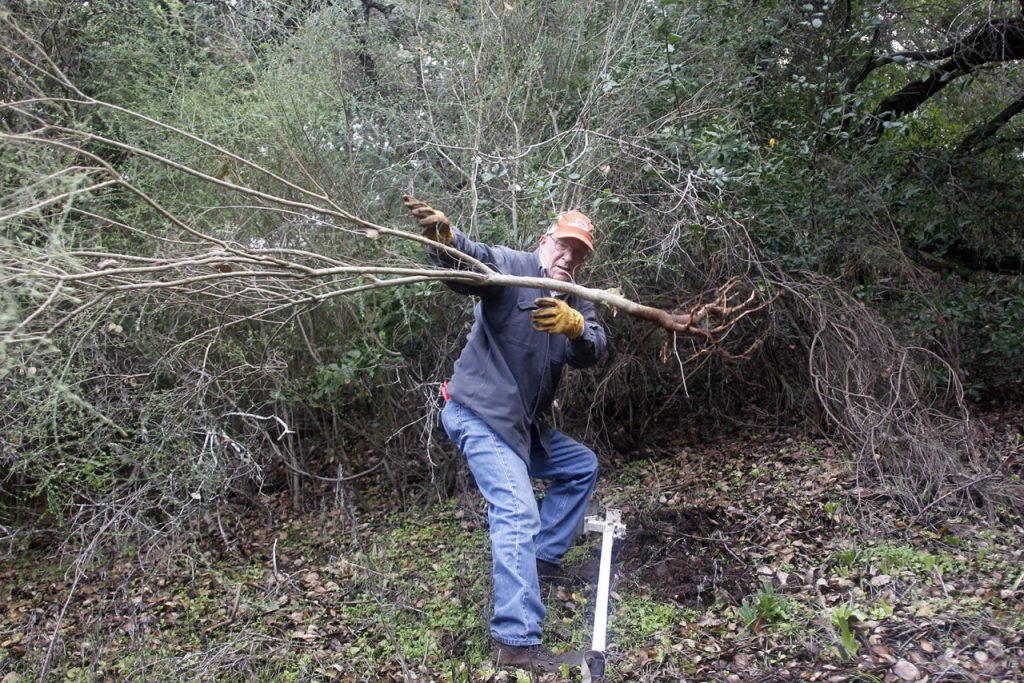

We have also been working to reduce stressors to aquatic systems through watershed restoration projects aimed at preventing road-generated sediment pollution from entering streams and wetlands.
In addition, we are tracking potential climate change impacts to terrestrial mammals through large-scale, quantitative wildlife monitoring, and tracking the recovery of native plant communities following the massive 2017 North Bay wildfires.
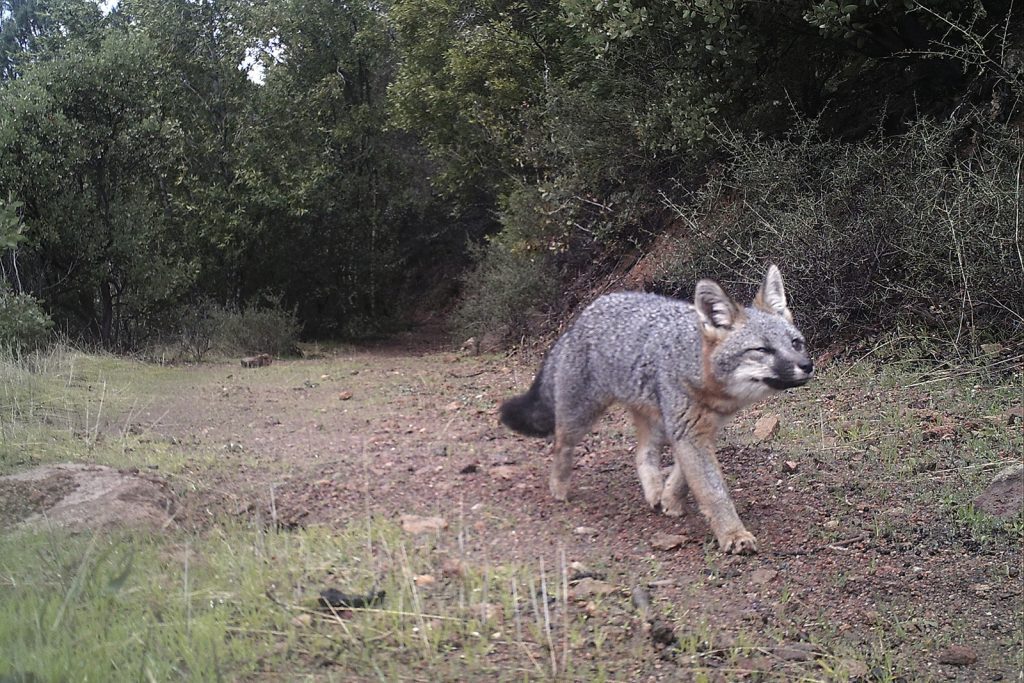
* Please note that, as written, the first paragraph draws heavily from language on The National Center for Ecological Analysis and Synthesis (NCEAS) website (https://www.nceas.ucsb.edu/science/climate#).
Support Our Work
Our work is made possible by the generous support of individuals like you. As a community-based nonprofit, we depend on donations—both big and small—to protect the land and legacy of Napa for generations to come. Your contribution is an investment in Napa’s future. Every dollar makes a difference in preserving the beauty and vitality of our community. Join us in making a lasting impact today.
One-timeDonation
Your one-time gift helps protect the land, water, and wildlife that make Napa County extraordinary. Every donation makes a difference—thank you for being part of this important work.
BECOME AMember
When you become a member of the Land Trust, you join a community committed to protecting the land, water, wildlife, and natural beauty of this extraordinary place. Your support helps us permanently safeguard open spaces, working lands, and critical habitats across Napa County.
BECOME A Volunteer
Volunteers are essential to the daily work of the Land Trust. More than 100 dedicated individuals help lead hikes, monitor properties, care for preserves, and support fundraising efforts—playing a vital role in protecting Napa County’s natural resources.

